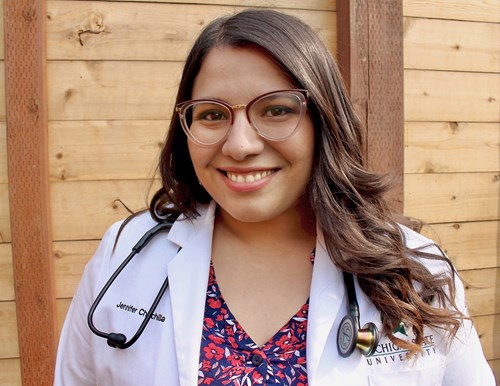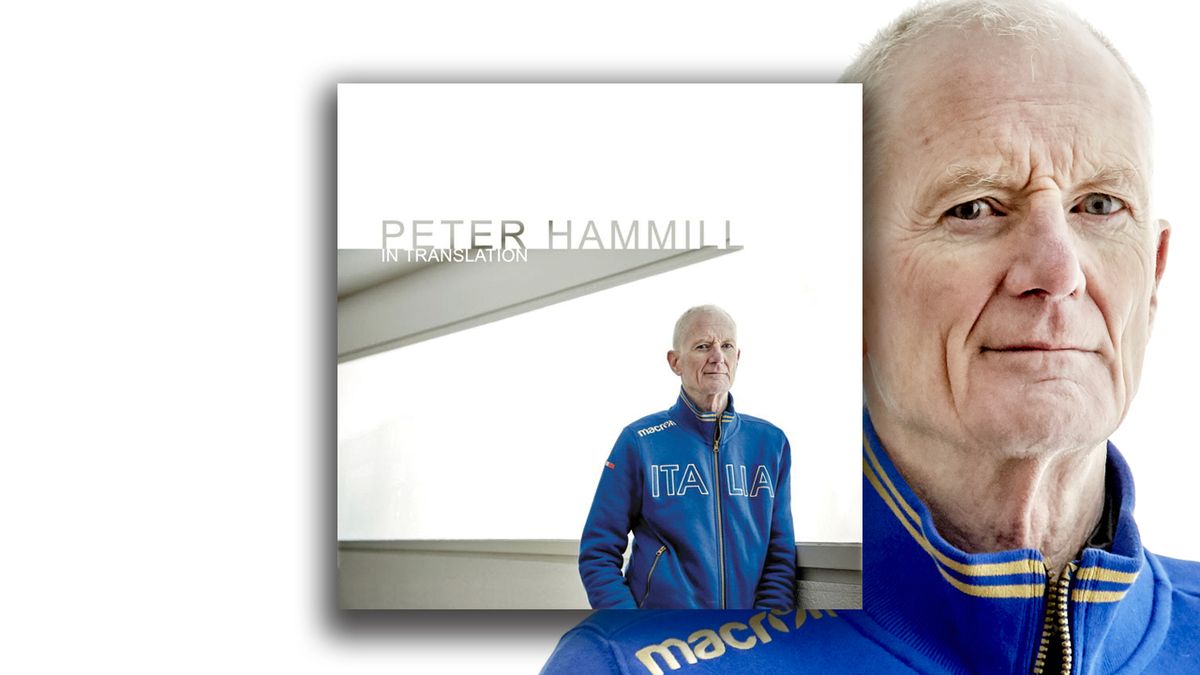

From left: Gina Cotton (Rotary 14), Sue Schuerman (Lincoln East Rotary), Sara Reyes (Giving Spirits Evening Rotary), Clay Ehlers (Lincoln South Rotary and assistant district governor), Dave Dietz (Lincoln South Rotary president) and Srini Ampavati (Lincoln South Rotary) prepare boxes of dictionaries at Green’s Plumbing April 28 for every elementary school in Lincoln. Club members delivered the boxes to Lincoln’s private and parochial schools, and the remaining boxes for LPS were taken by truck to the LPS distribution center.
The dreaded COVID-19 pandemic created delays, and business changes meant that decisions had to be made, yet the determination of Lincoln’s Rotary clubs finally delivered thousands of dictionaries to each and every fourth-grade student in the city.
Each fall for nearly 20 years, members of Lincoln’s Rotary clubs have walked into every fourth-grade classroom in the city and personally handed out the dictionaries. Not only did the children appreciate receiving their very own book, it was a real joy for club members to go into each and every elementary school and interact with the students. However, in the fall of 2020, the schools were dealing with the COVID pandemic and outside visitors weren’t allowed in the classrooms.
“We realized that we couldn’t have Rotary members in our schools,” noted Mindy Burbach of Lincoln Public Schools. “Yet we knew that the dictionaries were good for the children to have as a learning tool and reference book.”
Early last fall, Rotary was notified that the project had to be delayed.
“In March this year, we reevaluated the project and worked with representatives of the clubs to come up with an alternative,” Burbach added. “We decided to have the books delivered to each school by LPS personnel, and for the teachers to play a video describing the dictionaries and letting the children know they were from Rotary.”
Then, there were business decisions that impacted the project.
“Every year we’ve done this project, the preparation and boxing of all the dictionaries was done at Green’s Plumbing and Heating on North 48th Street,” noted Gina Cotton, a Downtown Rotary member and chair of this year’s effort. However, the company had been sold and the building was put up for sale.
“When I contacted the new owner, Jeremy Roebke, he was so impressed with what we were doing he offered to let us use his new warehouse,” Cotton said. “That says a great deal about people in Lincoln.”
And yet another business decision impacted the project. Each year, there’s a chairperson for the project and a co-chairperson. They work together to coordinate this effort to mobilize dozens of Rotary members, box up thousands of dictionaries and communicate with the schools. This year, the person who was supposed to help Cotton took a job in another city.
“Everything was up in the air,” lamented Cotton. “Jeff (Hebb) was gone, Green’s had been sold and I felt overwhelmed.”
But as the project began to unwind, she kept moving ahead. Talk about determination.
Oh, and one more business decision caused an issue. For years, Downtown Rotary Club member Shannon Harner had her real estate office print special labels to place in each dictionary. Harner took a new job, but the folks at Home Realty said they would do the project anyway. Phew, one more distraction taken care of!
Cotton and representatives from Lincoln South Rotary, Lincoln East Rotary and Giving Spirits Rotary finally had their green light from Lincoln Public Schools, so Cotton jumped on the phone to Mary French, who runs The Dictionary Project, the people who print and ship a million dictionaries for Rotary to distribute.
“I was thrilled to get the call from Gina,” said French. “And we were able to arrange shipping right away from our operation in South Carolina.” French started The Dictionary Project nonprofit organization in 1995, and each year she produces and distributes them to Rotary, other service clubs and organizations around the United States.
There’s one more interesting part to this story. On April 30, the boxed dictionaries were delivered to the Lincoln Public Schools Distribution Center, where they needed to sit for about 70 hours in quarantine. Then, the boxes containing more than 4,000 dictionaries were distributed to all of Lincoln’s elementary schools.
In those schools, students are watching a video produced by Downtown Rotary’s President Eric Drumheller. He shares about the value of having a printed dictionary, how Rotary serves our community and beyond, and what the word “service” means. Rotary’s motto is “Service above Self.” Maybe the students should also look up the word “determination,” because that’s what drove Gina Cotton and a small contingent of volunteers from Lincoln’s clubs to complete the project.





